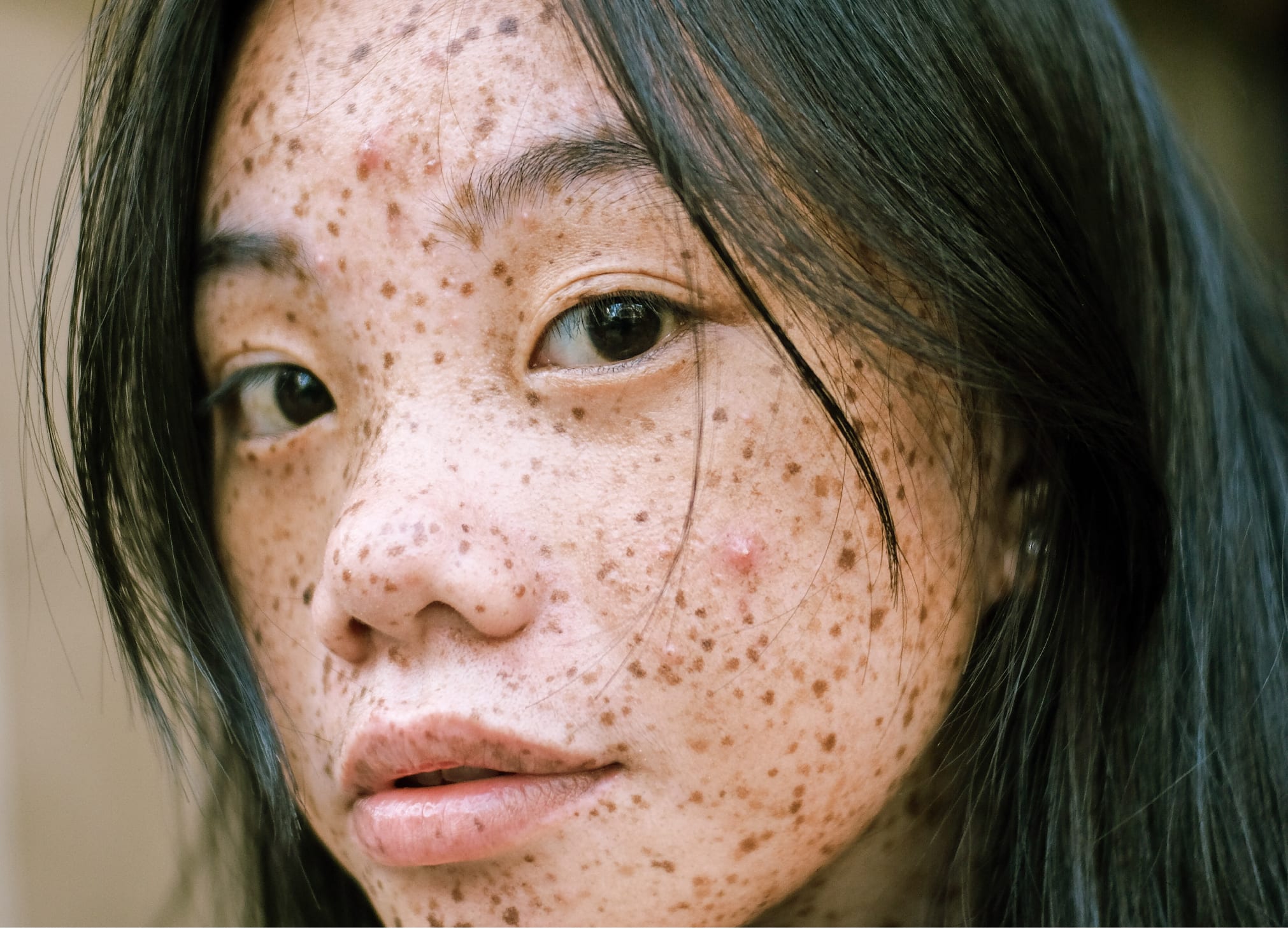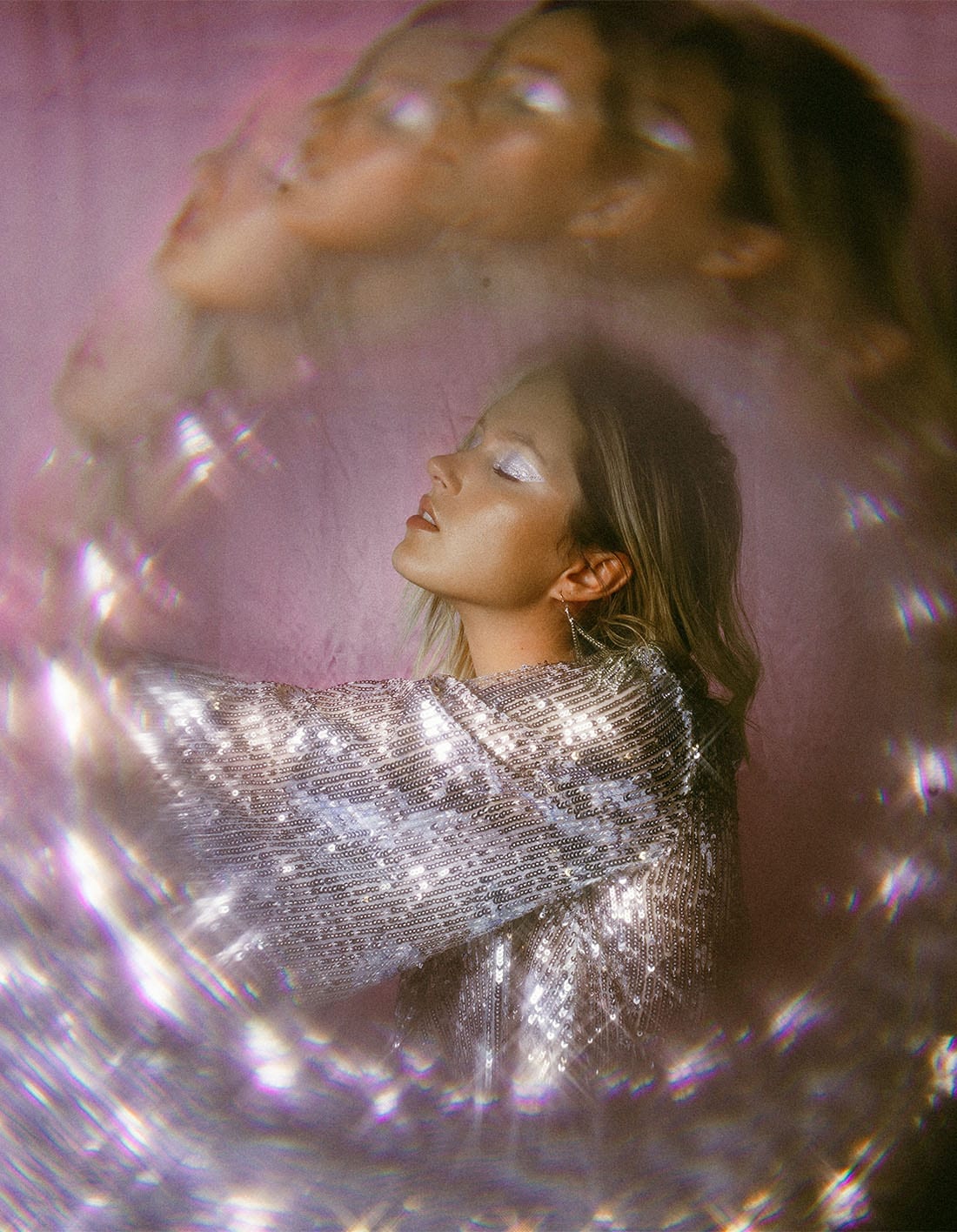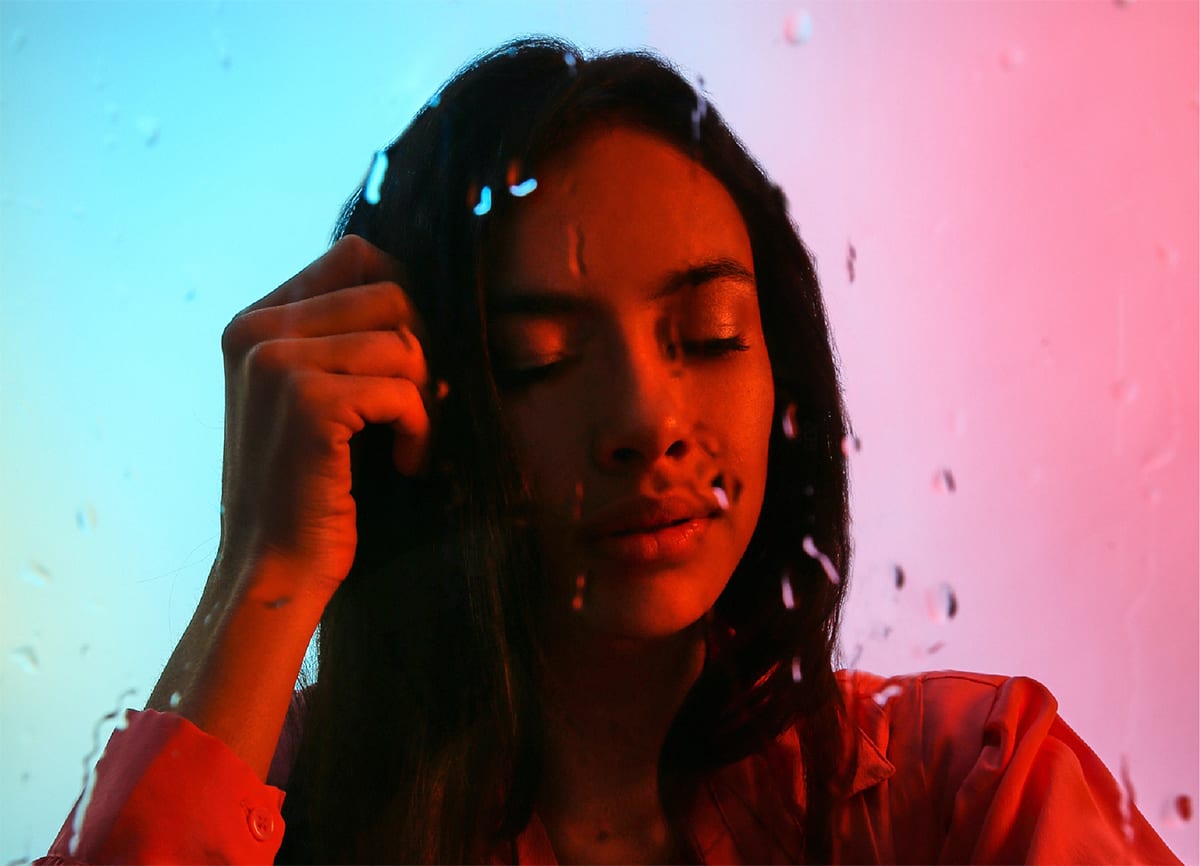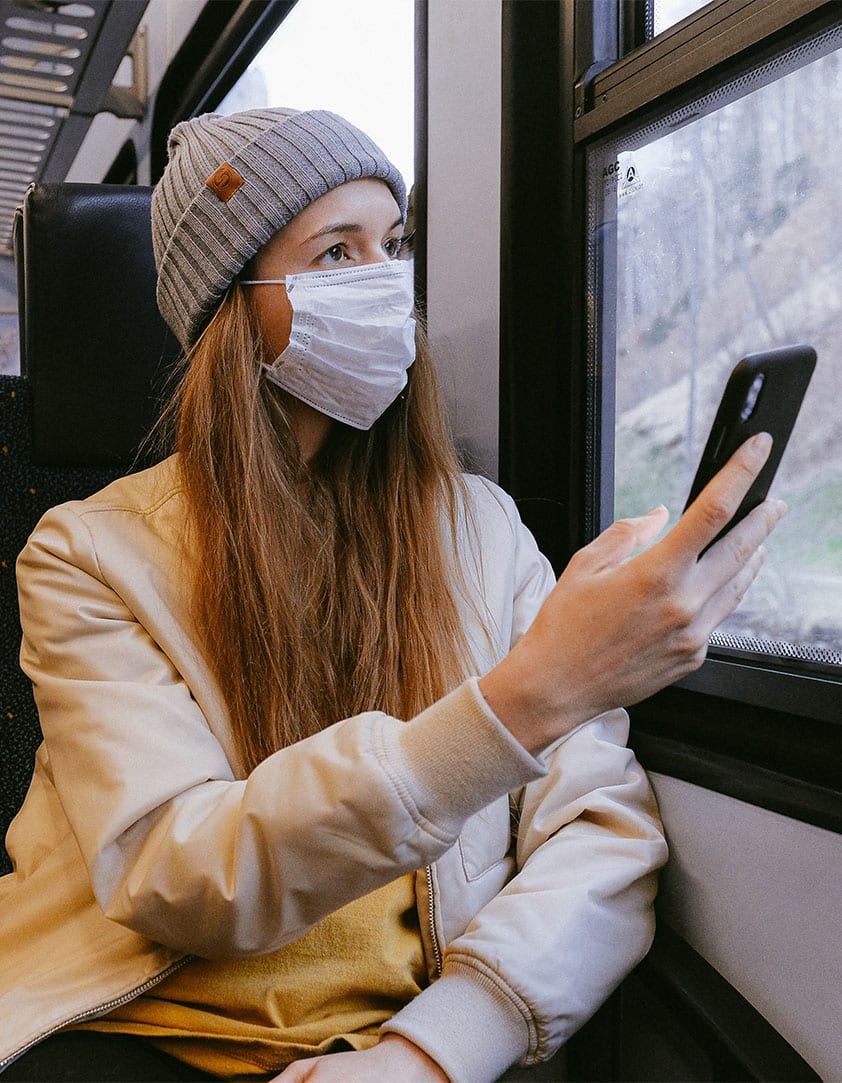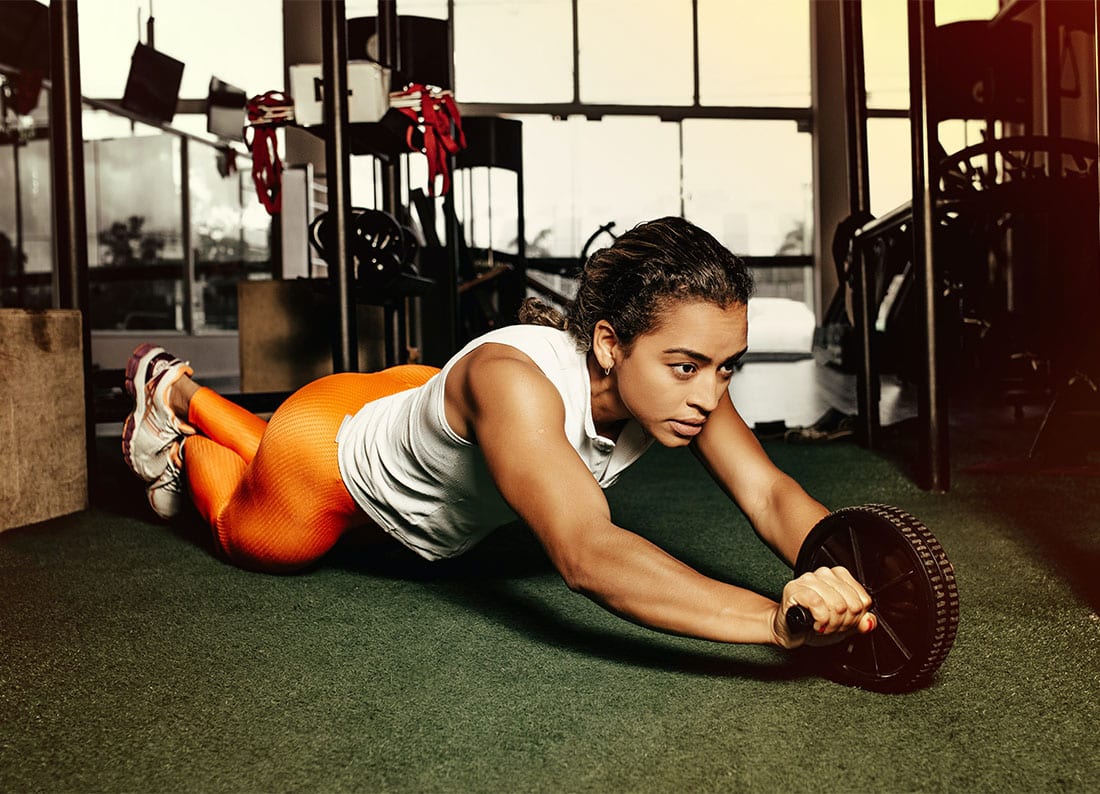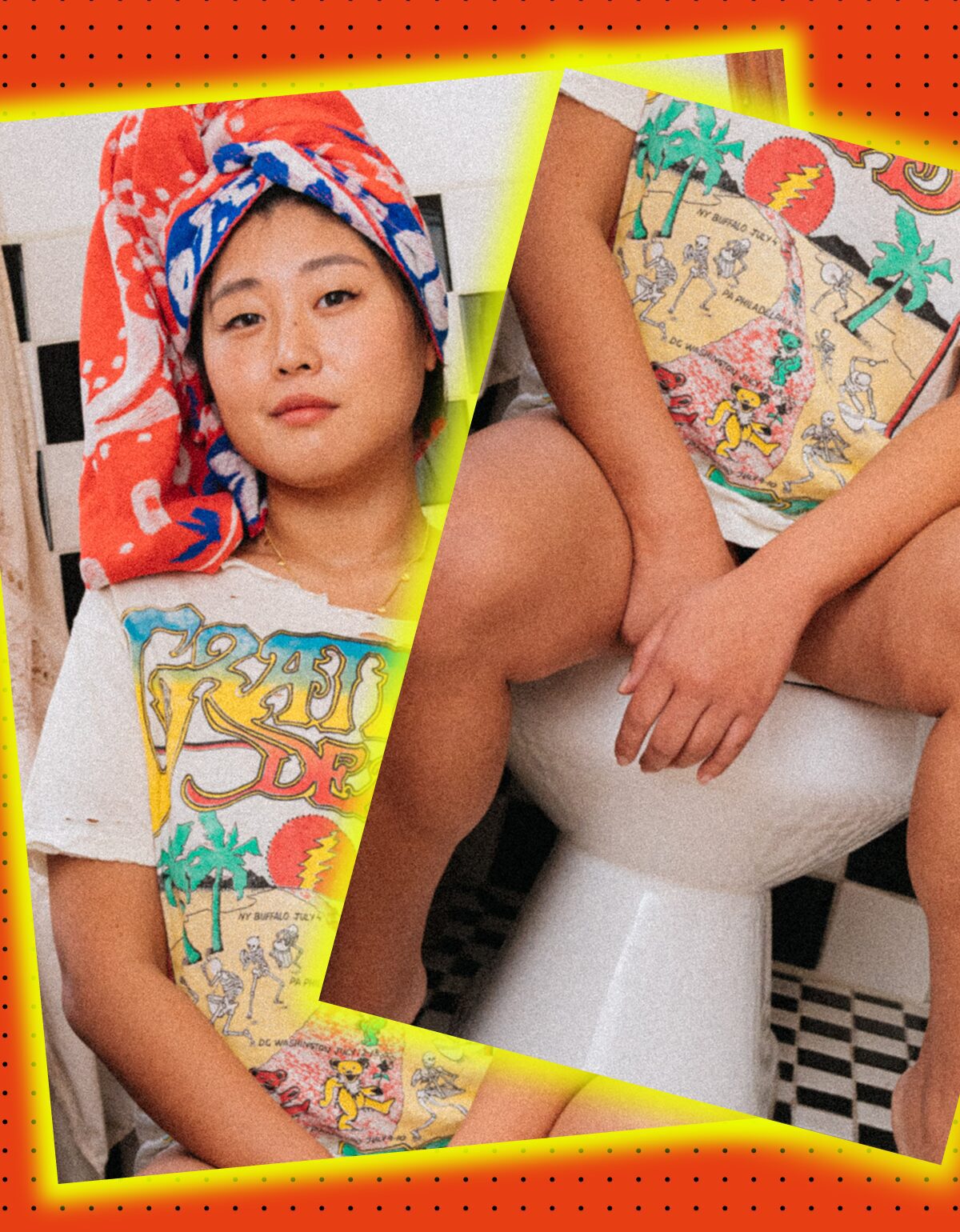Battling hormonal breakouts throughout your menstrual cycle
TL/DR: Hormonal acne is a real thing, though it usually crops up about a week or two before your period arrives. You can blame it on all those hormonal changes. Thankfully, there are plenty of ways to counteract premenstrual breakouts, ranging from pharmaceutical treatments to skincare products and basic lifestyle changes.
No, you’re not imagining things. Your acne can definitely get worse when your period is just around the corner. In fact, 65% of people who menstruate experience increased breakouts before their periods, along with mood swings, cramps, and sore breasts.1 And those who already experience adult acne might notice that their symptoms get even worse around the time of their period.
Why does it happen? And what can you do about it? We’re here to answer those questions and help you guide your skin towards a healthier, chiller reaction to hormonal fluctuations. And while we’re here: If you’re thinking about popping that pimple, DON’T DO IT.
Wash your face. Dab on a little spot treatment. Stop touching it. Trust us on this one – popping your zits can lead to infection or, worse, skin lesions and permanent scarring.
How your menstrual cycle affects your skin
According to the American Academy of Dermatology (AAD), acne is the most common skin condition in the US. Women tend to get it in adulthood more often than men do, largely due to hormonal fluctuations. Hormonal fluctuations can wreak havoc on our skin, and hormonal acne is a prime example of this. It occurs when your hormone levels fluctuate, particularly during your menstrual cycle.
During the menstrual cycle, our hormones take us through a wild ride. Our skin serves as a map to all these different changes, getting smoother, drier, and calmer at the beginning of the cycle – and then getting angrier towards the end.
Here’s a quick recap of how your menstrual cycle works. The first two weeks involve menstruation and then the follicular phase. Ovulation marks the halfway point, after which the luteal phase begins. Distinct hormonal fluctuations happen during each of these four phases.
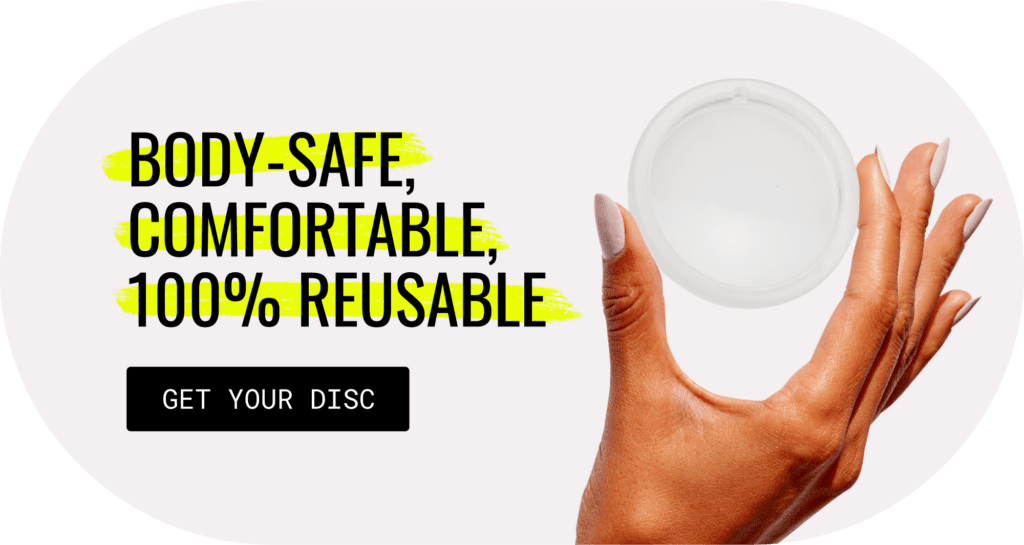
At the beginning of the menstrual cycle estrogen levels ramps up, skin usually begins to clear and take on a healthy glow. Once your period starts, you may notice some dryness while estrogen works its magic. Estrogen peaks before ovulation, this is when your skin looks its best and, if lucky, stays clear, smooth, and blemish-free.2
Your skin is most radiant during your 2-3 most fertile days of the month, also known as the fertile window. Thanks, mother nature, for throwing us a bone (maybe literally?). Remember, your pores may look bigger and more noticeable than usual due to drier skin during this period.
What causes hormonal acne?
So, what changes after ovulation contribute to breakouts?
It’s (mostly) thanks to progesterone. As long as you don’t get pregnant, progesterone kicks in right after ovulation. This is when your reproductive system displays its annoyance that you didn’t fertilize the egg it so kindly gave you. Sorry, ovaries, not this month!
Progesterone stimulates the sebaceous glands, which activates the production of more sebum. Sebum is the oily substance you get on your face that blocks pores. During this phase, your skin may also swell, compressing the pores and causing excess sebum to build up underneath.3
For some lucky individuals, sebum creates a healthy glow – but for others, it wreaks havoc. Sebum is the perfect food for the bacterium P.acnes. This bacteria is the culprit behind the breakouts and skin inflammation in the couple of weeks leading up to your period.
In the last few days of the luteal phase, your skin is about ready to throw a fit. Both progesterone and estrogen drop dramatically; meanwhile, testosterone (the male hormone) over-stimulates the oil glands, causing even more intense breakouts.4
Hormonal acne can affect menstruators in their teenage years, 20’s, 30’s or 40’s. It doesn’t discriminate based on age or skin type. Whether you’re a teenager just experiencing the joys of puberty, an adult dealing with those stubborn monthly flare-ups, or already going into menopause, hormonal acne is a common frustration shared by many.
How to tell the difference between hormonal & non-hormonal acne
How can you know if hormones are causing the blemishes that appears in the second half of your cycle? Usually, it’s pretty easy to tell the difference between hormonal and other types of acne such as “regular” or acne vulgaris. Hormonal pimples tend to show up around the lower face area, chin, and jawline because those areas are closer to the oil glands.
Hormonal acne can also appear under the skin, these cysts look different from blackheads and whiteheads and can leave skin lesions behind. If you see red bumps that feel tender and painful, they’re probably evidence of hormonal cystic acne. The discomfort occurs because a few days’ worth of oil buildup causes an inflammatory reaction.5
Individuals with certain health conditions can experience more severe cases. Polycystic ovary syndrome (PCOS), for example, increases androgen levels (a.k.a. steroid hormones) in the body. Excess androgens cause overproduction of sebum, making skin more prone to breakouts.6
Those diagnosed with PCOS often struggle with chronic acne that even the most rigorous skincare routine can’t control. In those cases, the best path forward may be to seek help from a dermatologist to find the right type of treatment.
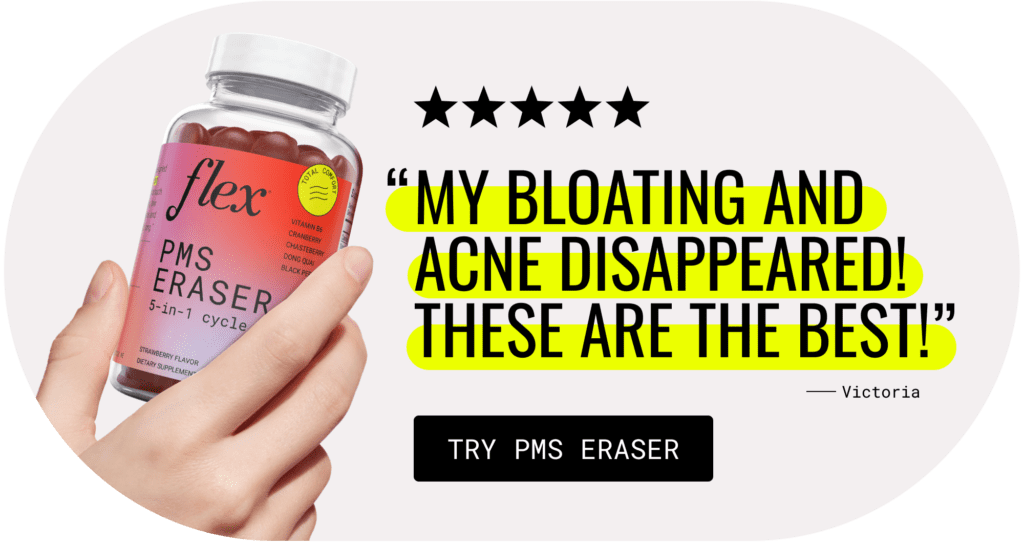
Hormonal acne can affect people who take hormonal therapies such as Hormone Replacement Therapy (HRT) as a treatment for menopause or other hormonal treatments to help their body develop according to their gender identity. Testosterone injections or topicals may cause oil production in the skin to increase dramatically, leading to breakouts.7 It’s also common to see breakouts around the vulva and mons pubis, usually from ingrown hairs.
How to get rid of hormonal acne
It’s the million-dollar question: How to stop hormonal acne (reliably? Is there any way to prevent its development before it turns your face into some sort of polka-dotted war zone?
The short answer is, it depends. Ugh.
Your body’s chemistry is different from others, so the treatment that helped your BFF may not work for you. Effective acne treatments options include benzoyl peroxide, spironolactone, azelaic acid, topical retinoids, isotretinoin, and antibiotics (prescription needed from dermatologist). Your healthcare provider or OB-GYN may also recommend hormonal birth control, such as birth control pills, to regulate hormonal fluctuations.8
You can also try over-the-counter treatments. These include low-dose benzoyl peroxide, glycolic acid, salicylic acid, AHAs, and tea tree oil. Many of these can help successfully combat breakouts.9
When it comes to outdoor activities, protecting your skin should be a top priority. Applying sunscreen is crucial, especially if you are already experiencing skin inflammation or are feeling stressed. Opt for an oil-free formula to prevent clogged pores and potential breakouts. Sunscreen not only shields your skin from harmful UV rays but also helps in preventing premature aging and reducing the risk of skin cancer. Remember to reapply sunscreen every two hours, especially if you’re swimming or sweating, to ensure continuous protection throughout the day.

How can I prevent hormonal acne?
Luckily, there is an abundance of FDA approved over-the-counter and prescription treatlong-termment options. However, adopting simple lifestyle changes can also help prevent and reduce acne, minimizing the risk of side effects from long term medication. Practicing good skin hygiene is an easy place to start. To improve your skin hygiene, try to follow these tips:
- Avoid touching your face
- Clean your cell phone regularly
- Wash or replace face towels and pillow cases more frequently
- Wash your face daily with a gentle cleanser
- Use oil-free skin care products when possible
- Quit smoking
All these external factors could be contributing to your period acne.10 11
Choosing a healthy diet is also important. Some specific foods may worsen outbreaks, dairy products (such as cow’s milk), white bread, and other foods with high glycemic index. This is because high blood sugar levels can increase inflammation risk.
You might want to stay away from sugar, dairy, refined grains, and fast food. These four are high on the list of foods that irritate the skin 12 and tend to cause more frequent breakouts. OF COURSE these are also the foods we crave the most before our periods. No judgment if that slice of pepperoni looks too good to resist.
There are also fruits and vegetables that can help improve your skin, like sweet potatoes, carrots, or beets. This is because your body converts the beta-carotene into Vitamin A. Vitamin A protects your skin against discoloration, inflammation, and clogged pores.
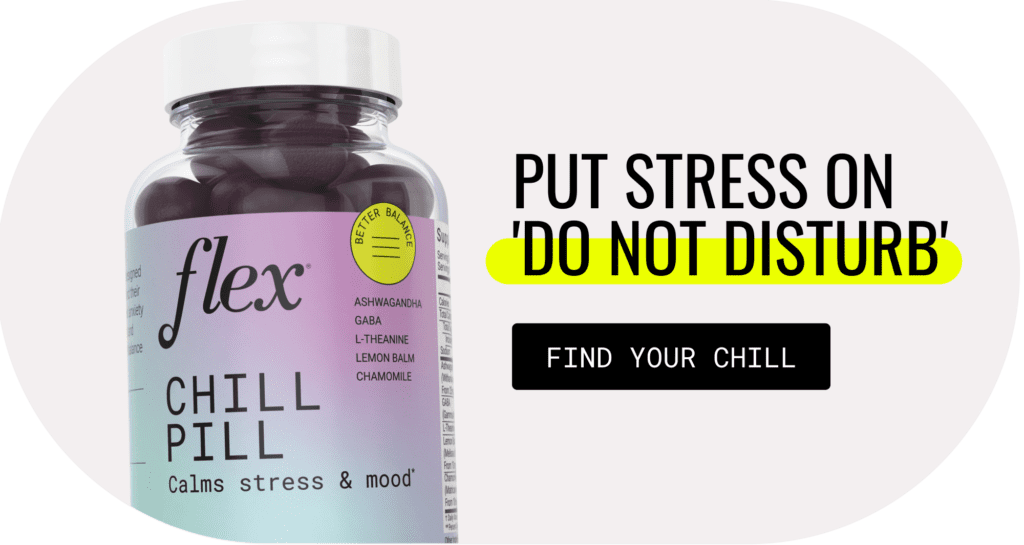
Another way to give your skin a boost? Get in a workout or two whenever you sense that acne is about to strike.
Working out is also a great treatment option. Exercise reduces stress and promotes better sleep, which your skin needs to restore itself. Stress hormone Cortisol can cause hormone levels to fluctuate and breakouts to persist.13
Physical activity significantly decreases cortisol levels in the body – so you’ll sleep better, feel better, and look better. It’s basically a win-win.
Can skincare help hormonal acne?
Yes, skincare can help hormonal acne by using products with ingredients like salicylic acid or benzoyl peroxide. As part of your acne treatment plan, it’s essential to establish a gentle cleansing routine, avoid harsh products, and consult a dermatologist for personalized advice and treatment options.
Period acne: Key takeaways
Period acne is common and nothing to be ashamed of. It affects most people, regardless of their diet or skincare routine.
While it can be frustrating, there is nothing to be ashamed of. It affects most people, regardless of their diet or skincare routine. It’s best to let go of the illusion of skin perfection and instead appreciate the incredible things your body is doing behind the scenes to keep your reproductive system functioning.
And, thankfully, there are plenty of options to treat it. Start with OTC remedies and lifestyle changes. If those don’t make a difference, you may want to reach out to a dermatologist for some professional advice.
Either way, the next time those pesky breakouts come knocking, treat it as a signal to slow down, pamper yourself a little bit more, and practice self-love for your body in all its premenstrual glory.
